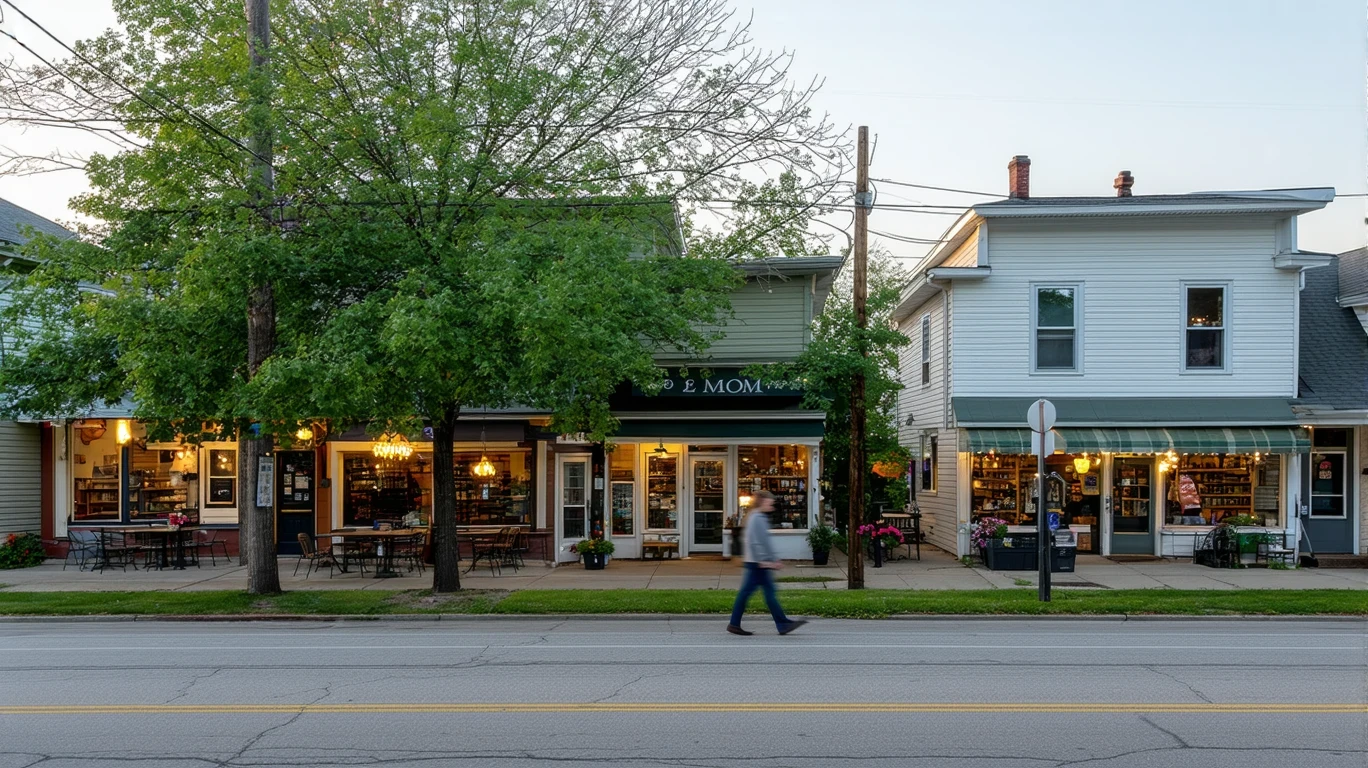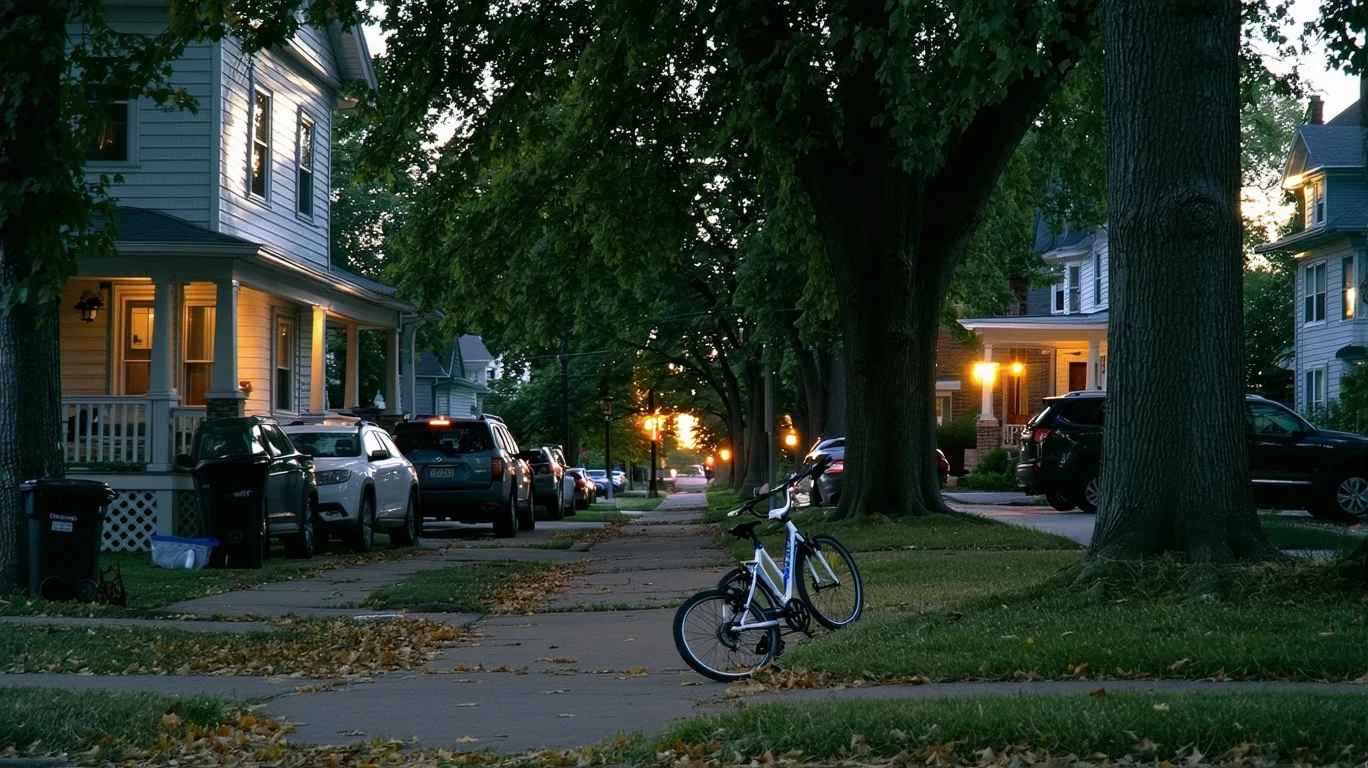Coon Rapids, MN vs. Saint Paul, MN: Cost of Living Comparison (2025)
Which city gives you more for your money – Coon Rapids or Saint Paul? As two popular Twin Cities suburbs, Coon Rapids and Saint Paul attract many relocating families and young professionals. While only about 20 miles apart, these cities offer distinct lifestyles and cost of living tradeoffs.
Coon Rapids appeals to those seeking affordable single-family homes and a quieter pace of life. Saint Paul provides an urban vibe with walkable neighborhoods and closer proximity to Minneapolis. As housing prices and everyday expenses continue rising into 2025, cost of living has become a central factor for those choosing between Coon Rapids and Saint Paul.
In this article, we’ll break down the key cost of living differences between Coon Rapids and Saint Paul, covering housing, utilities, groceries, taxes, and lifestyle factors. By the end, you’ll have a clear idea of which city best fits your budget and priorities in 2025.

1. Housing Costs
Housing is the biggest cost of living difference between Coon Rapids and Saint Paul. In 2025, the median home price in Coon Rapids is around $325,000, while Saint Paul’s median is closer to $375,000. This gap has widened in recent years as demand for affordable single-family homes in Coon Rapids has grown.
Rents also tend to be lower in Coon Rapids. A typical 2-bedroom apartment goes for about $1,400 per month, compared to $1,600-$1,800 in most of Saint Paul. Newer luxury buildings in Saint Paul’s trendier neighborhoods can easily top $2,000 monthly for a 2-bed.
Here’s a quick comparison of common housing costs in Coon Rapids vs Saint Paul:
| Housing Type | Coon Rapids | Saint Paul |
|---|---|---|
| Median Home Price | $325,000 | $375,000 |
| 2BR Apartment Rent | $1,400 | $1,600-$1,800 |
| 3BR House Rent | $1,800 | $2,200+ |
For families looking to buy, Coon Rapids offers a better value with its larger supply of affordable single-family homes. Young professionals who prefer renting may find Saint Paul’s denser neighborhoods and apartment options worth the premium. However, budget-conscious renters can still find deals in Coon Rapids, especially in older buildings or by having roommates.
Overall, Coon Rapids wins on housing costs with lower prices across the board. Expect to pay 15-20% less for comparable homes and apartments compared to Saint Paul.
2. Utilities and Energy Costs
Utility costs are fairly similar between Coon Rapids and Saint Paul, with both cities seeing higher heating bills in the winter. Expect to pay around $150-$250 per month for electricity, gas, water, and trash for a typical 2-bedroom apartment. Larger homes will be on the higher end, especially those with older construction and less efficient heating systems.
Saint Paul residents may have slightly lower utility costs due to the city’s energy conservation programs and utility-sponsored efficiency rebates. Xcel Energy offers discounted rates for off-peak electricity usage, which can help those who are mindful about running appliances and charging EVs overnight.
Coon Rapids has more new construction, so residents in newer homes tend to have better insulation and lower monthly energy bills compared to those in Saint Paul’s older housing stock. However, the difference is minor – utility costs are not a major factor when choosing between these cities.
It’s essentially a toss-up, but Saint Paul has a slight edge with its energy efficiency initiatives. Savvy homeowners in either city can keep utility costs in check by taking advantage of rebates and audits from their power companies.
3. Groceries and Daily Expenses
Coon Rapids and Saint Paul have comparable costs for groceries and everyday items. Major retailers like Cub Foods, Aldi, Walmart, and Target are well-represented in both cities, offering similar prices on staples.
Dining out is marginally cheaper in Coon Rapids, where a meal for two at a casual restaurant averages around $40-$50. In Saint Paul, expect to pay 10-15% more, especially at trendier eateries. However, Saint Paul does offer more diverse cuisine options that may be worth the extra cost for foodies.
Busy families will find Coon Rapids has the edge for affordable grocery shopping, with easy access to big-box stores and competitively priced supermarkets. Singles and couples may prefer Saint Paul’s greater variety of local markets, co-ops, and specialty food shops – but expect to pay a bit more.
Coon Rapids takes this category with its slightly lower across-the-board costs on groceries and dining out. Over the course of a year, a family of four could easily save a few hundred dollars on food alone by choosing Coon Rapids over Saint Paul.

4. Taxes and Fees
Taxes are another notable cost difference between Coon Rapids and Saint Paul. Coon Rapids has lower property taxes, with rates around 1.2% compared to Saint Paul’s 1.6%. For a $350,000 home, that’s a difference of about $1,400 per year.
Sales tax is also lower in Coon Rapids at 7.375%, vs 7.625% in Saint Paul. It’s a small gap, but it can add up on big-ticket items. Additionally, Saint Paul charges higher fees for utilities, parking permits, and city services, which can tack on an extra $200-$300 annually for the typical household.
These tax and fee differences impact homeowners more than renters. But even renters will feel the effects indirectly through higher prices on goods and services in Saint Paul.
Coon Rapids is the clear winner on taxes and fees. Its lower property taxes are especially attractive for homebuyers looking to keep monthly housing costs down.
5. Cost Summary
| Cost Factor | Coon Rapids | Saint Paul |
|---|---|---|
| Housing (2BR Apartment) | $1,400 | $1,700 |
| Utilities | $200 | $180 |
| Groceries & Dining | $600 | $650 |
| Transportation | $250 | $200 |
| Taxes & Fees | $500 | $600 |
| Misc Expenses | $350 | $350 |
| Estimated Monthly Total | $3,300 | $3,680 |
Estimates reflect typical monthly costs for a mid-size household (2BR apartment) in 2025 using published rates and regional averages. Actual expenses vary based on lifestyle, household size, and neighborhood choice.
When looking at the total monthly cost of living, Coon Rapids comes out ahead by about $380 per month, or $4,560 per year. The biggest savings are on housing, with lower rent and home prices giving Coon Rapids the advantage. Lower taxes and slightly cheaper groceries and daily expenses also help keep Coon Rapids’ overall costs 10-15% lower than Saint Paul.
Of course, the actual cost difference depends on your specific lifestyle and housing needs. A family buying a 4-bedroom house will see more savings in Coon Rapids than a single renter opting for a studio apartment. Use these estimates as a general guide, but be sure to run the numbers for your unique situation.
6. Lifestyle Fit
Coon Rapids offers a suburban lifestyle with easy access to parks, trails, and the Mississippi River. It’s a great fit for families who value space, natural surroundings, and a tight-knit community feel. Commute times are reasonable, with most residents able to reach Minneapolis in 30-40 minutes.
Saint Paul has a more urban vibe, with diverse neighborhoods, a vibrant arts scene, and closer proximity to Minneapolis. It appeals to young professionals and couples who want walkable areas, unique local businesses, and a wider variety of cultural activities. Public transit is also more accessible in Saint Paul, making it easier to get around without a car.
While Coon Rapids has lower direct costs, Saint Paul’s lifestyle amenities can indirectly lower certain expenses. For example, being able to walk or bike to work from a Saint Paul neighborhood could greatly reduce your transportation costs compared to commuting by car from Coon Rapids. And Saint Paul’s older housing stock, while less energy-efficient, often has lower maintenance and repair costs than Coon Rapids’ newer suburban homes.
Ultimately, the lifestyle fit depends on your stage of life and personal preferences. Young singles and couples may prefer Saint Paul’s urban energy and cultural perks, while families with kids often value Coon Rapids’ quiet neighborhoods, good schools, and outdoor recreation. Consider how each city’s vibe could affect your daily expenses and quality of life.
7. FAQs
Is Coon Rapids more affordable than Saint Paul in 2025?
Yes, Coon Rapids has a lower overall cost of living than Saint Paul as of 2025. Housing, groceries, and taxes all tend to be 10-15% cheaper in Coon Rapids.
Are rental prices lower in Coon Rapids or Saint Paul?
Rental prices are generally lower in Coon Rapids, especially for apartments with 2 or more bedrooms. Expect to pay around $1,400 for a 2BR in Coon Rapids, compared to $1,600-$1,800 in most of Saint Paul.
How do grocery costs compare between Coon Rapids and Saint Paul?
Grocery costs are slightly lower in Coon Rapids, thanks to a wide selection of affordable supermarkets and big-box stores. However, the difference is minor, and Saint Paul offers more specialty food shops that may be worth the premium for some.
Are property taxes higher in Saint Paul than in Coon Rapids?
Yes, Saint Paul’s property tax rates are about 0.4% higher than Coon Rapids’. For a $350,000 home, that equates to roughly $1,400 more in annual property taxes in Saint Paul.
What is the average monthly cost of living for a family of four in Coon Rapids vs Saint Paul?
As of 2025, a family of four can expect to spend around $4,500 per month living in Coon Rapids, compared to $5,000 per month in Saint Paul. This assumes a 3BR rental home, two cars, and a typical mix of expenses. Buying a home would lower monthly costs in both cities.
8. Conclusion
Coon Rapids offers a lower cost of living than Saint Paul across major expense categories like housing, groceries, and taxes. For budget-conscious families, Coon Rapids is often the better value, with affordable homes and a family-friendly suburban lifestyle.
However, Saint Paul’s urban amenities, walkable neighborhoods, and cultural attractions are worth the premium for some. Young professionals and those who value city living may find Saint Paul’s vibe ideal, even with the higher monthly costs.
Ultimately, the right choice depends on your personal preferences, stage of life, and which expenses matter most. Use this cost of living comparison as a starting point, and be sure to explore our other resources to dive deeper into the nuances of each city:
- Average Monthly Expenses in Coon Rapids, MN — covers monthly expenses, budget planning, cost breakdown
- Cost of Living in Coon Rapids: Your Monthly Budget Guide for 2025 — covers overall living costs, budgets, expenses
- Best Moving Companies Guide — covers moving companies, costs, and logistics
